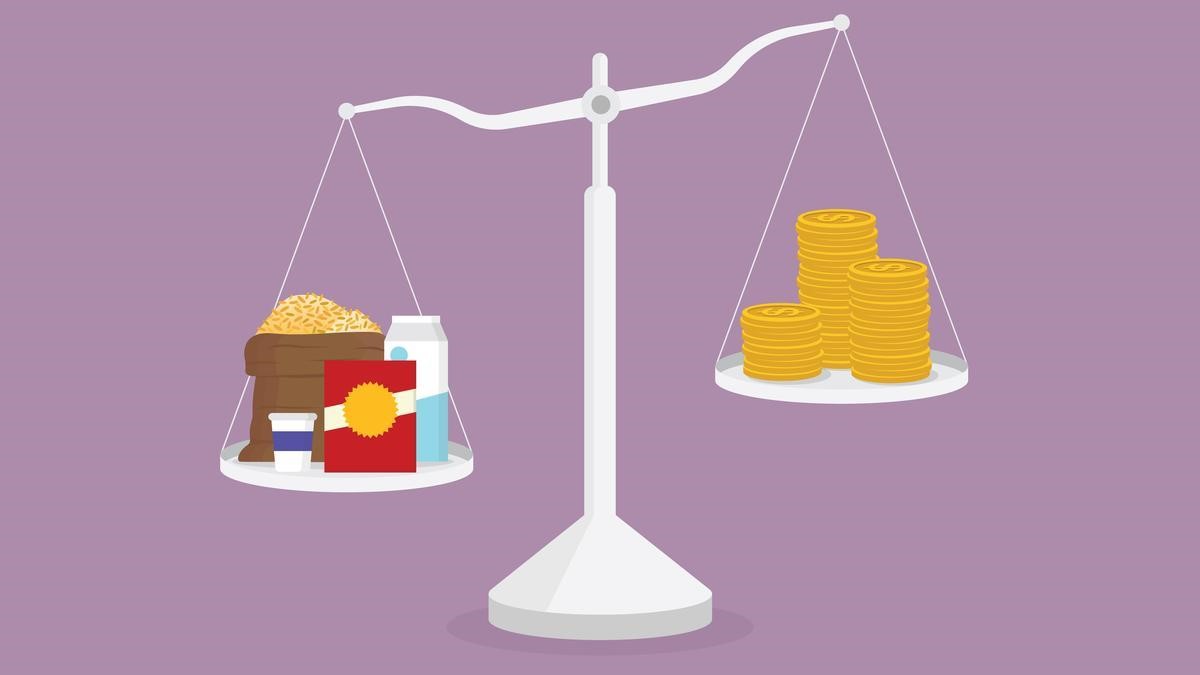Household Consumption Survey Reveals Economic Inequality Decline
Why in the news?
The Ministry of Statistics and Programme Implementation released the 2023-24 Household Consumption Expenditure Survey, highlighting reduced urban-rural consumption gaps, declining Gini coefficients, and improved economic well-being across India, reflecting increased economic inclusivity and balanced development.
Urban-Rural Consumption Gap:
- The urban-rural consumption disparity has declined across major states, indicating balanced economic growth.
- Kerala shows the least disparity in Monthly Per Capita Consumption Expenditure (MPCE), followed by Punjab, Andhra Pradesh, and Bihar.
- Improved consumption equality is observed in both urban and rural
Gini Coefficient and Inequality:
- The Gini coefficient, measuring inequality, has declined significantly in 2023-24.
- Rural areas: From 266 (2022-23) to 0.237.
- Urban areas: From 314 (2022-23) to 0.284.
- This reduction suggests a more equitable distribution of household consumption expenditure
Implications and Economic Well-Being:
- Increased MPCE across all household types reflects improved economic well-being.
- The survey data aids in updating the Consumer Price Index (CPI) basket and assessing poverty and inequality
- Policymakers can use these insights to design strategies for inclusive economic growth.
About Household Consumption Expenditure Survey (HCES):
- Conducted by: National Statistical Office (NSO) under MoSPI since 1951.
- Purpose: Collects data on household spending patterns to assess living standards and consumption behavior.
- Significance:
- Basis for calculating Consumer Price Indices (CPI) and revising GDP base year.
- Measures poverty, inequality, and social well-being.
Key Terms:
- Monthly Per Capita Expenditure (MPCE): Average monthly spending per person on essentials like food, healthcare, and education.
- Consumption Inequality: Unequal distribution of consumption expenditures among households.
- Gini Coefficient: Measures consumption inequality (0 = perfect equality; 100 = perfect inequality).
Sources Referred:
PIB, The Hindu, Indian Express, Hindustan Times




